M4 relief road: What could you spend the £1.4bn on?
Unlike the traffic in the Brynglas tunnels, the cost of the M4 relief road keeps moving.
In 2015, then First Minister Carwyn Jones said it would be "nowhere near" £1bn.
Now it's estimated to be £1.4bn plus VAT, although opponents will tell you the eventual price tag will be much higher.
Before he took up the reins as first minister, Mark Drakeford said a cheaper alternative to the relief road would be attractive.
So what else could he spend £1.4bn on?
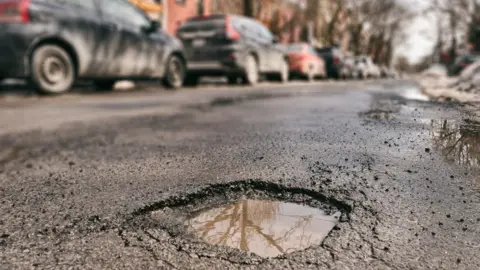 Getty Images
Getty ImagesOther roads
Instead of one massive road, how about building or improving lots of smaller roads?
Funding transport projects around the country will appeal to some assembly members more than ploughing all the money into Newport and the Gwent Levels.
Others would spend it on buses and trains to shift people around south-east Wales.
Doing nothing probably is not an option. After all, Welsh Labour has a manifesto commitment to build a relief road.
It's backed the so-called black route: a 14-mile (22.5km), six-lane motorway between Magor and Castleton.
But that was not the only option - and if the black route is scrapped could one of the other, cheaper, plans be dusted off?
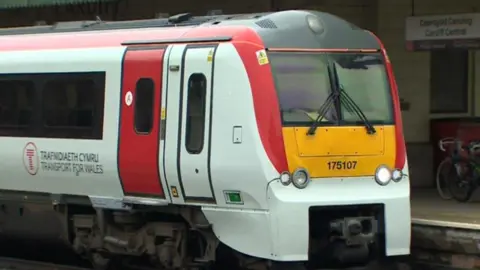
Trains and buses
Of course, if lots of us stopped driving on the M4 then there would be fewer traffic jams.
Grand plans to transform the railways in Cardiff and the Valleys have been drawn up as part of the £738m South Wales Metro.
Future Generations Commissioner Sophie Howe, who acts partly as a watchdog for the environment, says the Metro could be even more impressive if we spent the M4 money on it instead.
Similar metros to improve the bus and rail networks have been proposed for Swansea Bay and north-east Wales. They could get a serious shot in the arm if the Welsh Government found it had another £1.4bn to spend.
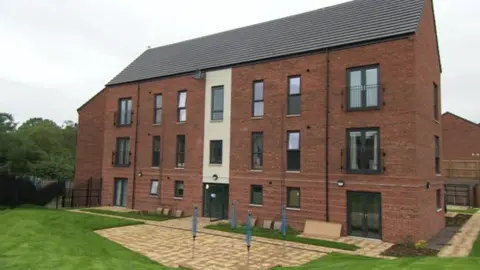
Homes
The Welsh Government has a target to build 20,000 affordable homes by 2021.
But with an acute shortage of housing in parts of the country, perhaps we should build more.
The cost of building homes depends on how many you build and where.
As it happens, in 2016 Chancellor Philip Hammond announced £1.4bn to create 40,000 additional affordable homes in England - double the Welsh Government's target.
 Aneurin Bevan UHB
Aneurin Bevan UHBSchools and hospitals
Not far from the M4, a 470-bed hospital is being built at Llanfrechfa Grange, near Cwmbran, at a cost of £350m.
At that price, you could build four more for the cost of the relief road.
Plastering Wales with new hospitals or schools would require lots more doctors and teachers to staff them, which could prove challenging.
Nevertheless, a health or education minister with £1.4bn burning a hole in their pocket wouldn't struggle for ways to spend it.
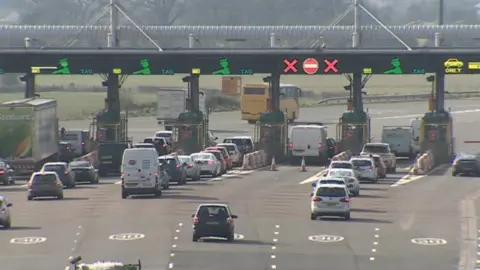
Toll road
Building a £1.4bn road might not necessarily leave a £1.4bn-size hole in the Welsh Government's budget.
Charging motorists to drive on the new M4 could help pay for it.
Economist Gerry Holtham has suggested a toll road, built as part of a deal with the private sector.
"There is no obvious reason why tax payers in Anglesey should pay for commuters around Newport," he told an assembly committee recently.
The Welsh Government can borrow up to £1bn to fund infrastructure projects.
The UK government has agreed to increase the borrowing limit by £300m, but only if the money is spent on the M4.
Obviously any borrowed money has to be repaid, with interest.
 PA
PAThe cost of not building the road
Roads have a reputation for being more expensive than originally anticipated. Just look at the A465 Heads of the Valleys project.
But advocates of the relief road say doing nothing is costing Wales too.
Business lobby group the CBI are big fans of the new M4 and say a quicker, more reliable motorway would fuel economic growth.
It estimates that for every £1 spent on the road, the economy will regain £2.
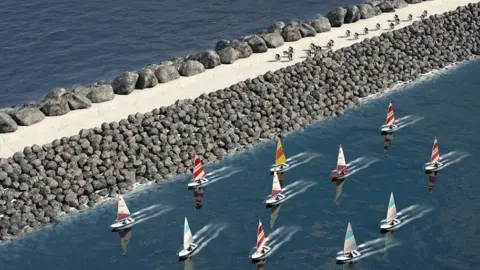 TLP
TLPTidal Lagoon
But the financial cost is not the only cost. There's the environmental, too.
Having declared that we're living through a climate emergency, the Welsh Government would face criticism for ploughing ahead with a new motorway.
As it happens, until recently Wales had a project to generate green electricity for almost the same cost as the new M4: the Swansea Bay Tidal Lagoon.
The Welsh Government was enthusiastic about it, until it was turned down in Westminster.
Swansea Council is trying to revive the plan. If it succeeds, could this be a convenient place to park a billion quid?
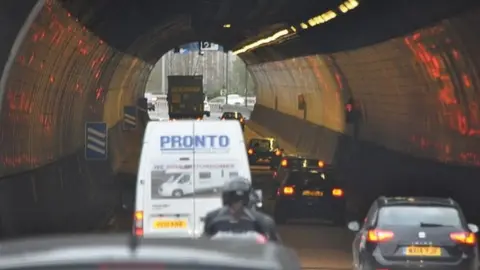 Lewis Clark/Geograph
Lewis Clark/Geograph